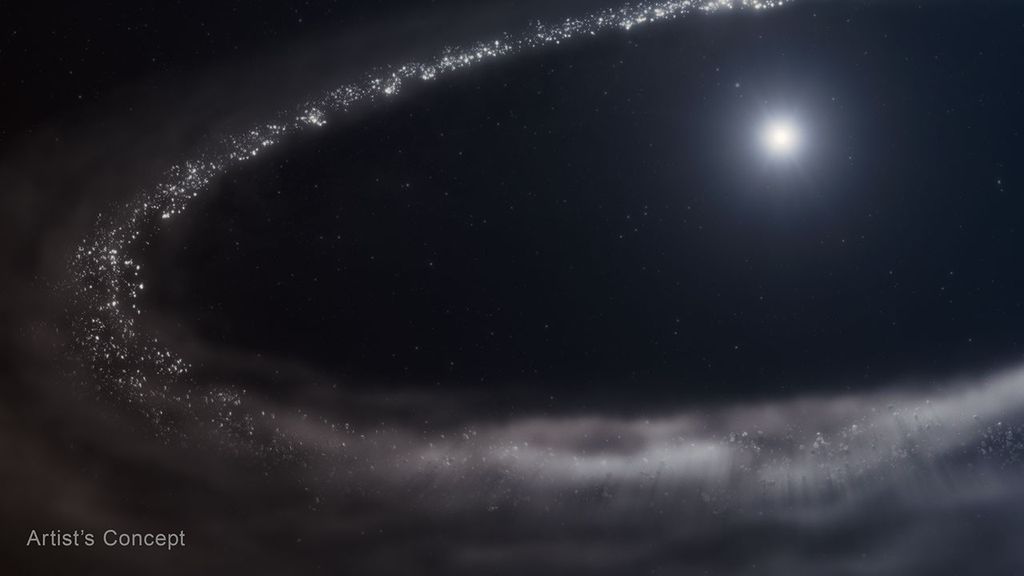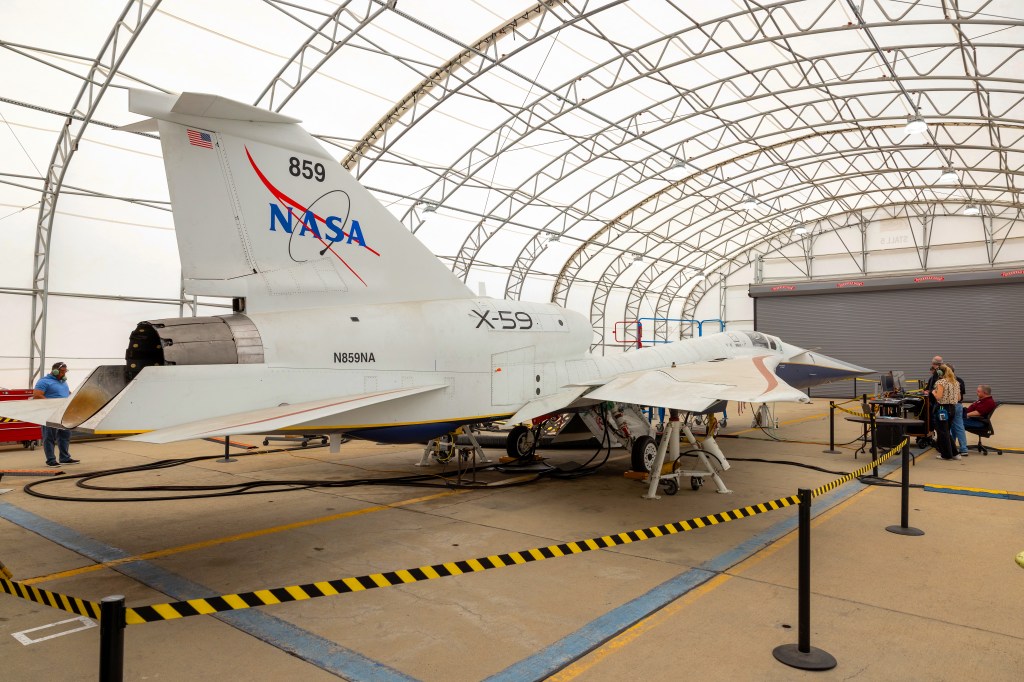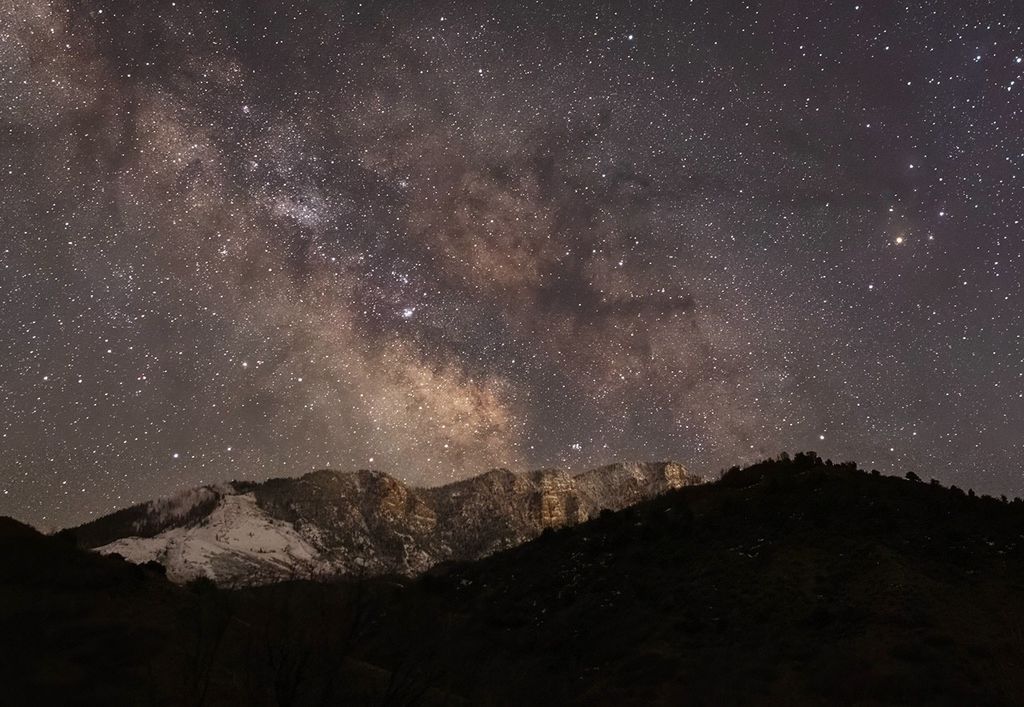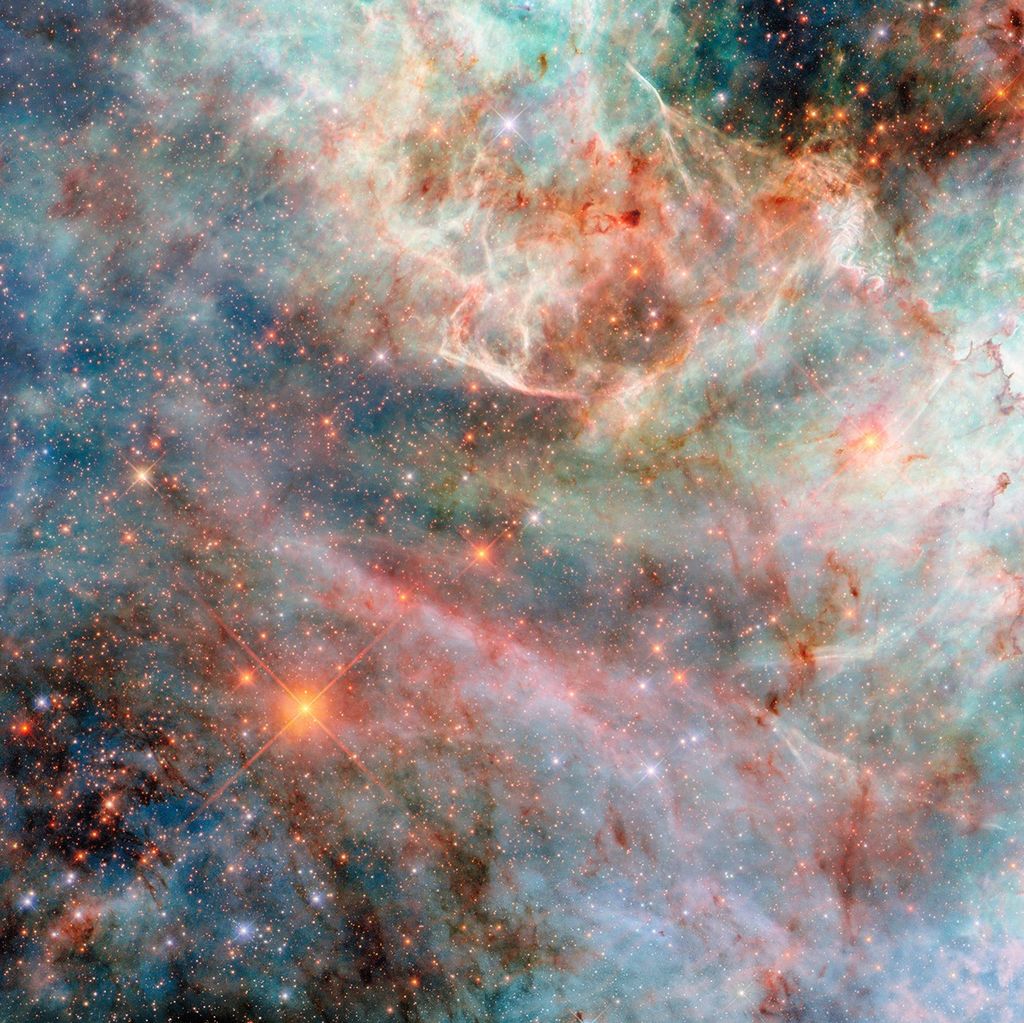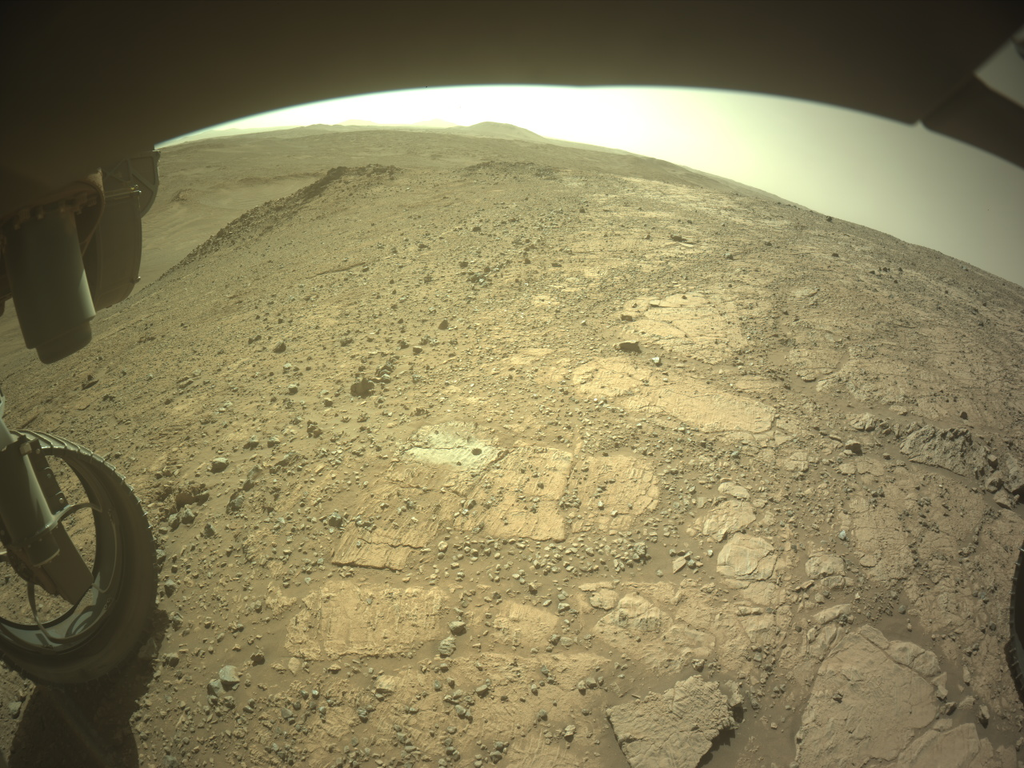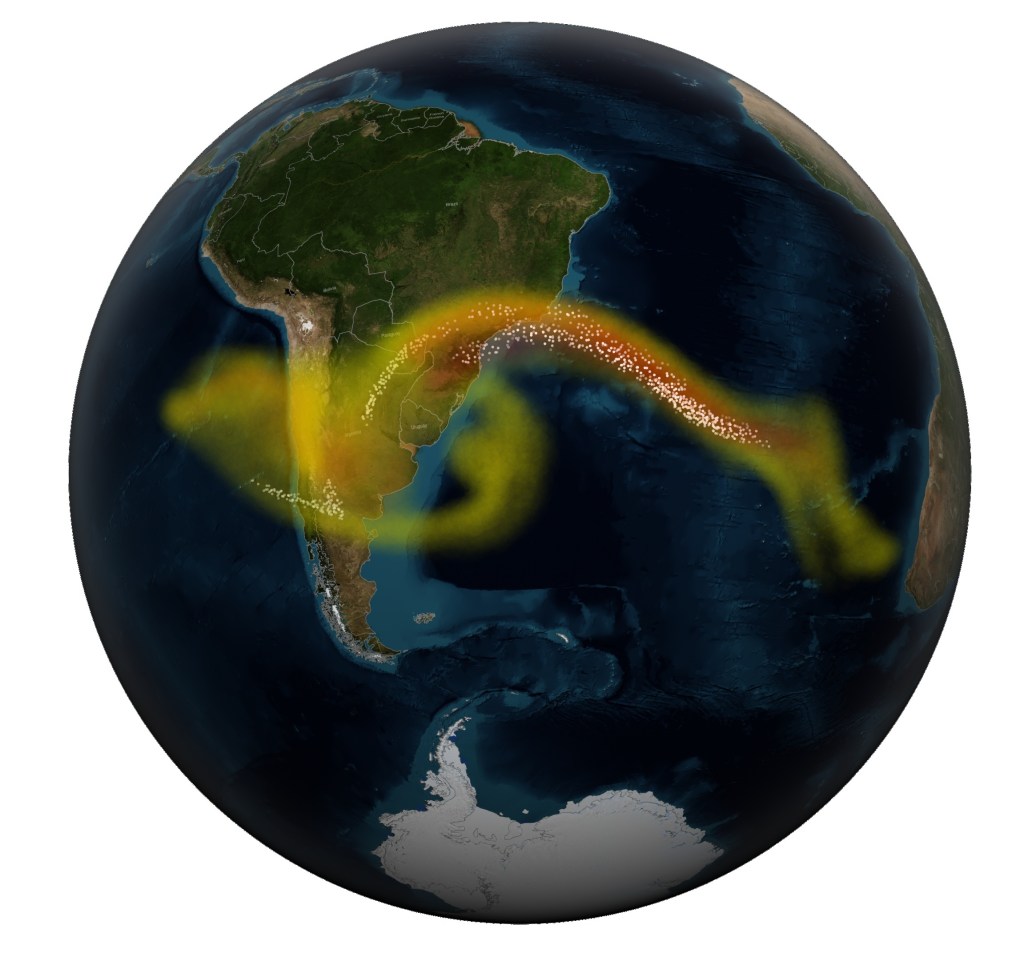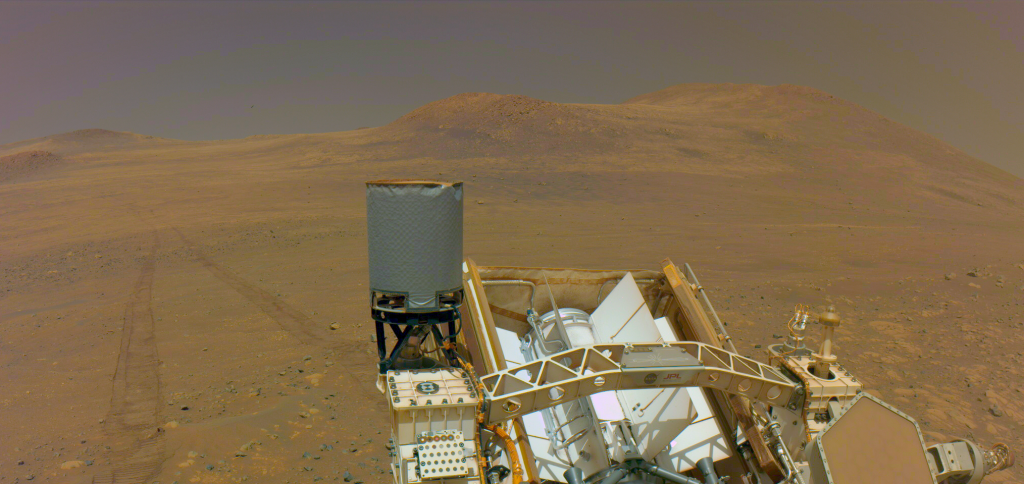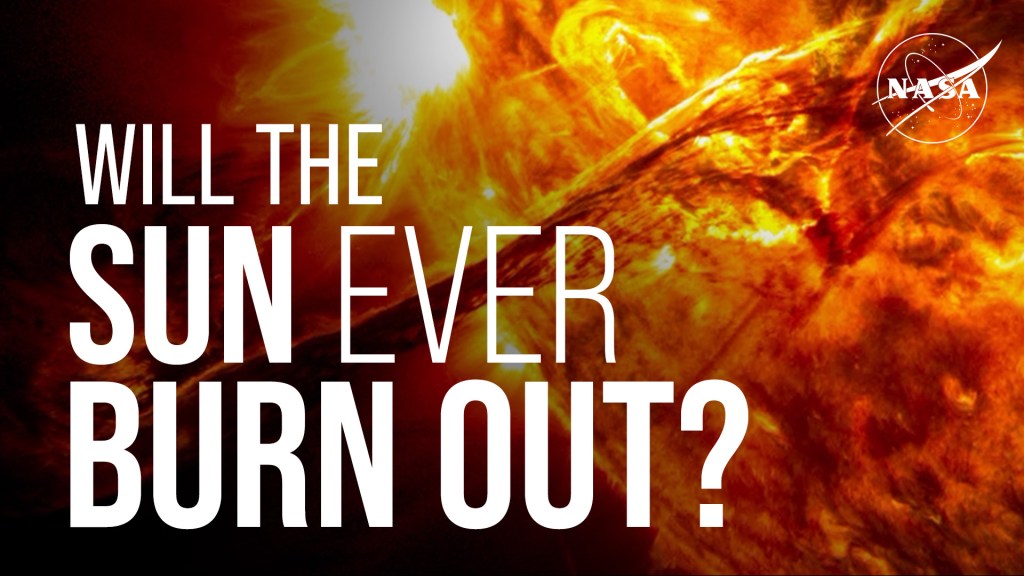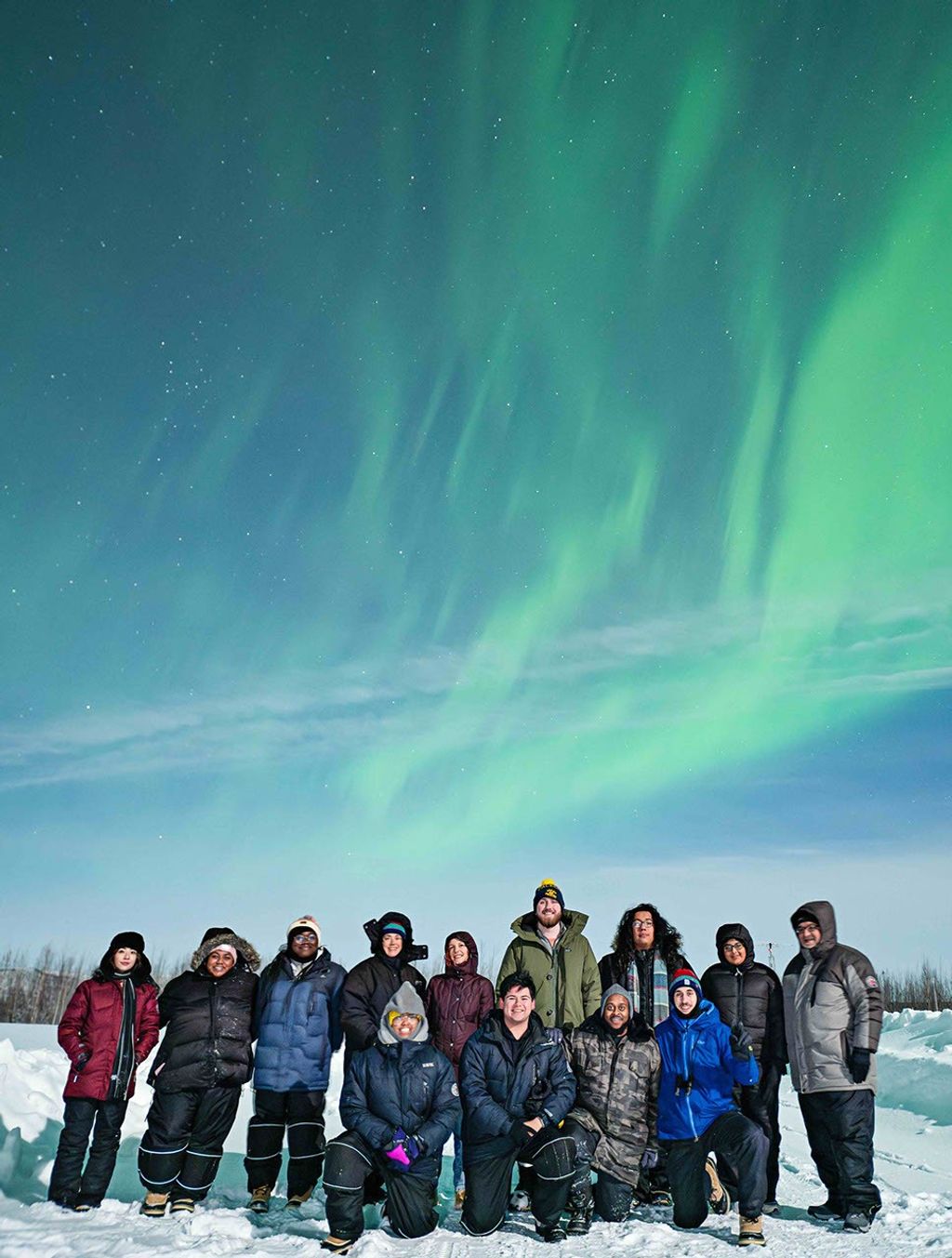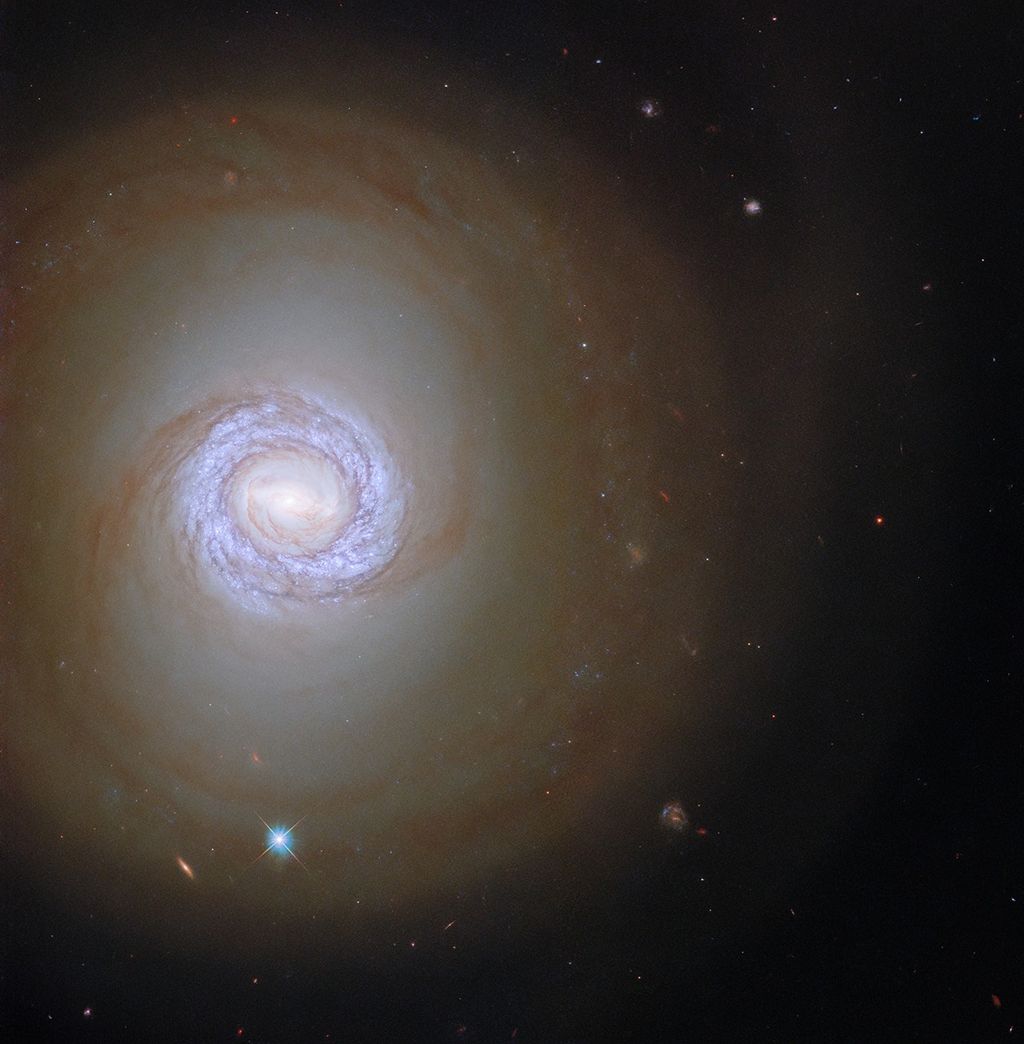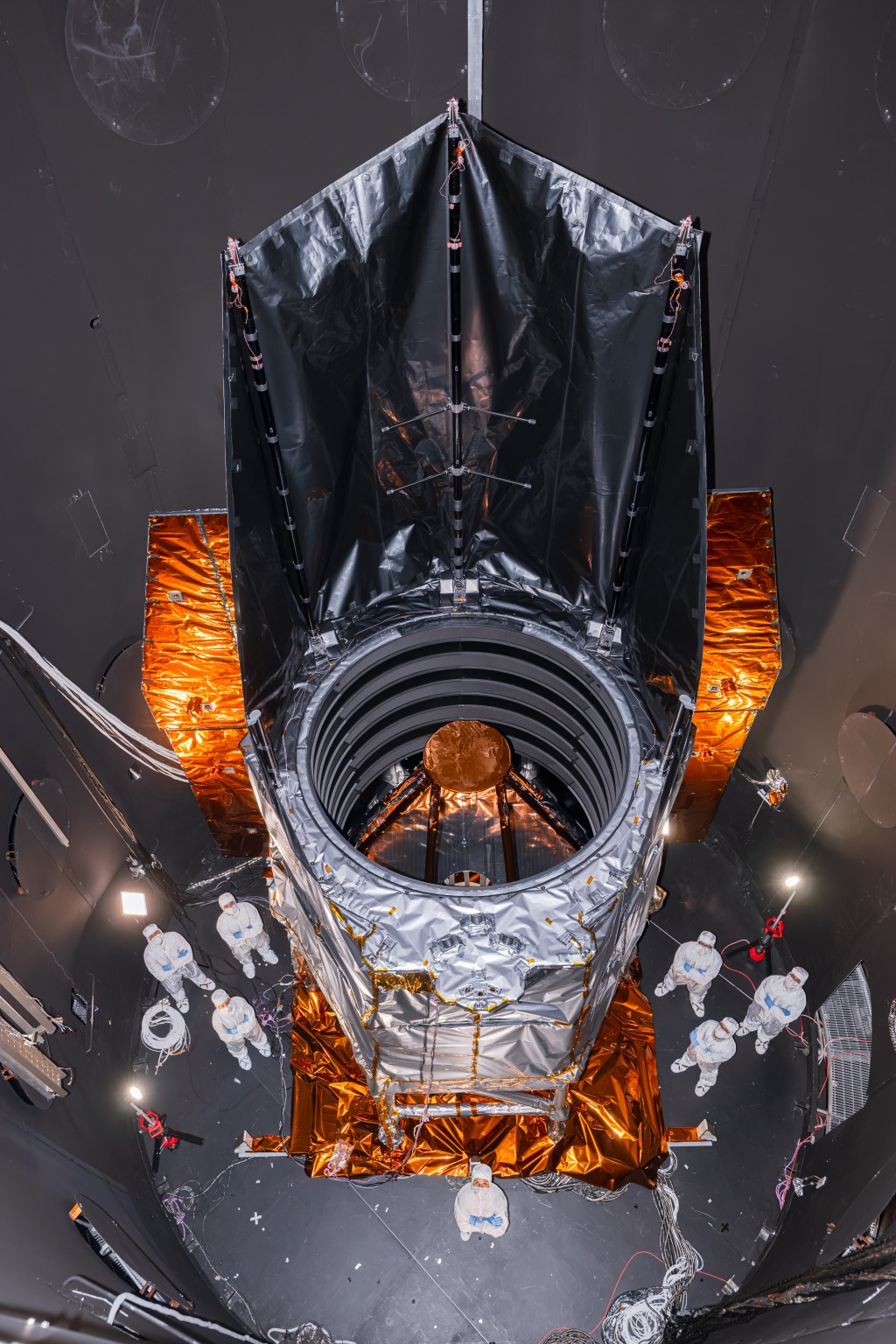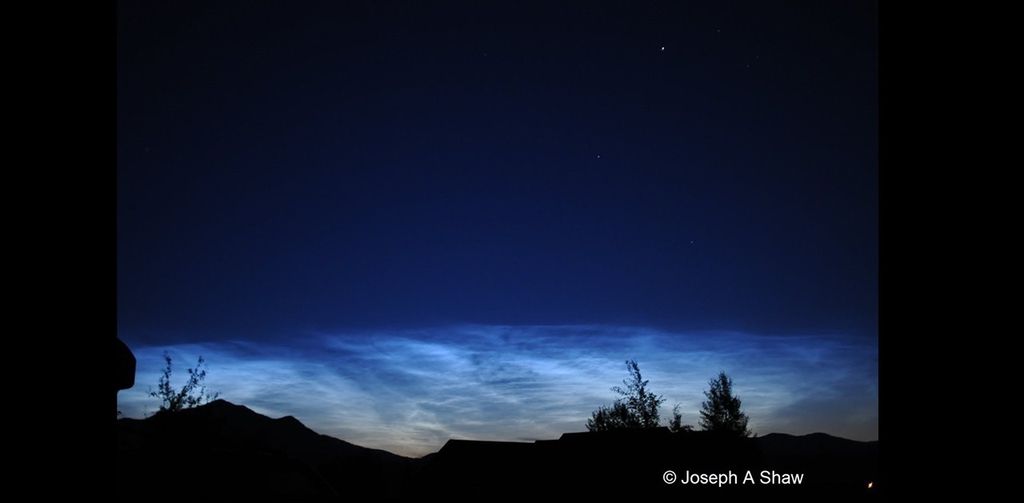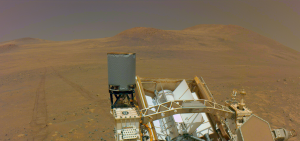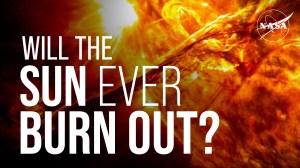17 min read
September 2022: The Next Full Moon is the Harvest Moon; the Fruit or Barley Moon
The Next Full moon is the Harvest Moon
The next full moon is the Harvest Moon; the Fruit or Barley Moon; the Corn Moon; the Mid-Autumn, Mooncake, or Reunion Festival Moon; the Chuseok Festival Moon; Imomeigetsu or the Potato Harvest Moon; the start of Pitru Paksha; the Honey-offering Festival Moon; and the GRAIL and LADEE Moon.
The next full moon will be on Saturday morning, Sept. 10, 2022, appearing opposite the Sun in Earth-based longitude at 5:59 a.m. EDT. This will be on Friday evening from Hawaii's time zone westward to the International Date Line. The Moon will appear full for about three days from Thursday evening into Sunday morning.
As the full moon closest to the autumnal equinox, this is the Harvest Moon. The first known written use of this name in the English language (per the Oxford English Dictionary) was in 1706. On average moonrise is about 50 minutes later each night. Around the Harvest Moon, this time is shorter, about 25 minutes for the latitude of Washington, D.C., and only 10 to 20 minutes farther north in Canada and Europe. During the fall harvest season farmers sometimes need to work late into the night by moonlight (especially before the introduction of artificial lights). Other European names for this full moon are the Fruit Moon, as a number of fruits ripen as the end of summer approaches, and the Barley Moon, from the harvesting and threshing of barley.
The Maine Farmer's Almanac first published Native American names for the full moons in the 1930s and these names have become widely known and used. According to this almanac, as the full moon in September, the Algonquin tribes in what is now the northeastern United States called this the Corn Moon, as this was the time for gathering their main staple crops of corn, pumpkins, squash, beans, and wild rice.
In China, Vietnam, and some other Asian countries, this full moon corresponds with the Mid-Autumn Festival, a traditional harvest festival. In China, other names for this festival include the Moon Festival, the Mooncake Festival, and the Reunion Festival (with wives visiting their parents and then returning to celebrate with their husbands and their parents). Part of the festival includes offerings to the Moon Goddess Chang'e (the name the China National Space Agency gives their lunar missions). In Korea, this full moon corresponds with the harvest festival Chuseok, during which Koreans leave the cities to return to their traditional hometowns to pay respect to the spirits of their ancestors.
This full moon corresponds with the first of the two Japanese Tsukimi or "Moon-Viewing" festivals. Because of the tradition of offering sweet potatoes for the full moon, this Moon is also called Imomeigetsu (which translates as "potato harvest moon"). The full moon festivities have become so popular that they are often extended for several days after the full moon.
This full moon marks the start of Pitru Paksha (fortnight of the ancestors) during which Hindus pay homage to their ancestors, especially through food offerings. Pitru Paksha starts with this full moon in the lunar month of Bhadrapada and ends with the new moon.
For some Buddhists in Bangladesh and Thailand this full moon is Madhu Purnima, the Honey Full Moon Festival or the Honey-Offering Festival, tied to a legend that when the Buddha was in a forest to bring peace between two factions, an elephant and a monkey fed him, with the elephant offering fruit and the monkey offering a honeycomb.
In many traditional lunisolar calendars, full moons fall in the middle of the lunar months. This full moon is in the middle of the eighth month of the Chinese calendar and Elul in the Hebrew calendar. Elul is a time of preparation for the High Holy Days of Rosh Hashanah and Yom Kippur. Customs include granting and asking others for forgiveness as well as beginning or ending all letters with the wish that the recipient will have a good year. In the Islamic calendar, the months start with the first sighting of the waxing crescent moon shortly after the new moon. This full moon is near the middle of Safar, the second month of the Islamic year.
Newer names for this full moon are the GRAIL Moon and the LADEE Moon, named for two lunar robotic missions launched in September. On Sept. 10, 2011, NASA’s twin Gravity Recovery and Interior Laboratory (GRAIL) spacecraft started their voyage toward the Moon on a Delta II launch vehicle. On Sept. 6, 2013, the Lunar Atmosphere and Dust Environment Explorer (LADEE) spacecraft started its journey to the Moon on a Minotaur V launch vehicle.
As usual, the wearing of suitably celebratory celestial attire is encouraged in honor of the full moon. And you might want to celebrate the harvest; enjoy a mooncake; visit your hometown, parents, and in-laws; and ask for forgiveness while forgiving old grudges. Here's hoping you will have a good year!
Here are other celestial events between now and the full moon after next (with times and angles based on the location of NASA Headquarters in Washington, D.C.):
As summer ends and fall begins the daily periods of sunlight continue to shorten, changing at their fastest around the equinox. On Saturday, Sept. 10, 2022, the day of the full moon, morning twilight will begin at 5:46 a.m. EDT, sunrise will be at 6:45 a.m., solar noon will be at 1:05:11 p.m. when the Sun will reach its maximum altitude of 55.88 degrees, sunset will be at 7:24 p.m., and evening twilight will end at 8:23 p.m. The autumn equinox will be on Thursday, Sept. 22, 2022, with sunrise at 6:56 a.m. and sunset at 7:05 p.m. By Sunday, Oct. 9, the day of the full moon after next, morning twilight will begin at 6:14 a.m., sunrise will be at 7:12 a.m, solar noon will be at 12:55:25 p.m. when the Sun will reach its maximum altitude of 44.69 degrees, sunset will be at 6:38 p.m., and evening twilight will end at 7:36 p.m.
This should be a great time to watch Jupiter and Saturn, especially with a backyard telescope. Saturn was at its closest and brightest for the year on Aug. 14, 2022, while Jupiter will be at its closest and brightest on Sept. 26. Both will appear to shift westward each evening, making them visible earlier in the evening sky, and friendlier for backyard stargazing, especially if you have young ones with earlier bedtimes. With clear skies and a backyard telescope, you should be able to see Jupiter's four bright moons, Ganymede, Callisto, Europa, and Io, noticeably shifting positions in the course of an evening. For Saturn, you should be able to see Saturn's rings as well as Saturn's largest moon, Titan.
On the evening of Saturday, Sept. 10, 2022 (the day of the full moon), as evening twilight ends (at 8:23 p.m. EDT), the rising moon will appear 4 degrees above the eastern horizon. Jupiter will appear to the left of the Moon less than 3 degrees above the horizon. Saturn will appear 21 degrees above the southeastern horizon. The bright star Vega will appear almost exactly overhead at 89.5 degrees above the horizon. Vega is one of the three bright stars in the Summer Triangle along with Deneb and Altair. Vega is the 5th brightest star in our night sky, about 25 light-years from Earth, has twice the mass of our Sun, and shines 40 times brighter than our Sun.
As the lunar cycle progresses, Jupiter, Saturn, and the background of stars will appear to shift westward each evening (as Earth moves around the Sun). Saturn was at its closest and brightest for the year on Aug. 14, and Jupiter will be at its closest and brightest for the year on Sept. 26, rising around sunset and setting around sunrise. The waxing moon will pass near the bright star Antares on Sept. 30, Saturn on Oct. 5, and Jupiter on Oct. 8.
By the evening of Sunday, Oct. 9 (the day of the full moon after next), as evening twilight ends (at 7:36 p.m. EDT), the rising moon will appear 9 degrees above the eastern horizon. Jupiter will appear 17 degrees above the east-southeastern horizon. Saturn will appear 30 degrees above the south-southeastern horizon. The bright stars Vega and Deneb will be tied for the brightest stars closest to overhead, both at 77 degrees above the horizon, with Vega above the western horizon and Deneb above the northeastern horizon.
On the morning of Saturday, Sept. 10, the day of the full moon, as morning twilight begins at 5:46 a.m. EDT, only two of the five visible planets will appear in the sky, with Jupiter at 29 degrees above the west-southwestern horizon and Mars at 70 degrees above the south-southeastern horizon near the bright star Aldebaran. Venus will not have risen yet but might be visible in the glow of dawn after it rises for another two weeks or so. The full moon will be 10 degrees above the west-southwestern horizon below Jupiter. The bright star appearing closest to overhead will be Capella at 73 degrees above the east-northeastern horizon. Although we see Capella as a single star (the 6th brightest in our night sky), it is actually four stars (two pairs of stars orbiting each other). Capella is about 43 light-years from us.
As the lunar cycle progresses, the background of stars along with Jupiter and Mars will appear to shift westward each morning, although Mars will appear to shift more slowly. The waning moon will pass near Jupiter on Sept. 11, Mars on Sept. 17, the bright star Pollux on Sept. 20, and the bright star Regulus on Sept. 23. Sept. 30 will be the first morning that Mercury will appear above the eastern horizon and Oct. 7 will be the last morning that Jupiter will appear above the western horizon as morning twilight begins.
By the morning of Sunday, Oct. 9, the day of the full moon after next, as morning twilight begins at 6:14 a.m. EDT, only two of the five visible planets will appear in the sky, with Mars at 71 degrees above the southwestern horizon and Mercury at 6 degrees above the eastern horizon (the highest Mercury will reach for this apparition). The full moon will be 5 degrees above the western horizon. The bright star appearing closest to overhead will still be Capella at 77 degrees above the northwestern horizon.
Here is a more detailed, day-by-day listing of celestial events between now and the full Moon after next. The times and angles are based on the location of NASA Headquarters in Washington, D.C., so some of these details may differ for your location.
Late Tuesday night into Wednesday morning, Sept. 6 to 7, 2022, will be when Mars and the bright star Aldebaran will appear nearest each other, a little more than 4 degrees apart. Mars will rise first, with Aldebaran rising above the east-northeastern horizon near midnight at 11:45 p.m. EDT. Mars will be 69 degrees above the southeastern horizon as morning twilight begins on Wednesday morning at 5:43 a.m.
Wednesday morning will be the last morning that Venus will appear above the east-northeastern horizon at the time morning twilight begins, although Venus is bright enough to remain visible in the glow of dawn until about Sept. 29 (if you have very clear skies and a clear view to the horizon).
Wednesday afternoon, at 2:19 p.m. EDT, the Moon will be at perigee, its closest to Earth for this orbit.
Wednesday night into Thursday morning, Sept. 7 to 8, 2022, Saturn will appear above the waxing gibbous moon. Saturn will be about 9 degrees to the upper left of the Moon as evening twilight ends at 8:28 p.m. EDT. The Moon will reach its highest in the sky for the night less than 3 hours later at 11:13 p.m. By the time the Moon sets below the west-southwestern horizon about 5 hours after that at 4:14 a.m., Saturn will appear about 6 degrees to the upper right of the Moon.
The next full moon will be on Saturday morning, Sept. 10, 2022, at 5:59 a.m. EDT. The Moon will appear full for about three days from Thursday evening to Sunday morning.
Saturday night into Sunday morning, Sept. 10 to 11, 2022, Jupiter will appear near the full moon. Jupiter will appear about 8 degrees to the left of the Moon around midnight, and will have shifted to about 6 degrees above the Moon by the time morning twilight begins at 5:47 a.m EDT.
Sunday evening, Jupiter will appear about 6 degrees to the upper right of the Moon as they rise above the eastern horizon at 8:22 p.m. EDT. The pair will appear to separate as Sunday night progresses into Monday morning, Sept. 12.
Our 24-hour clock is based on the average length of the solar day. Solar noon on Sept. 14 to solar noon on Sept. 15, 2022, will be the shortest solar day of the year, 23 hours, 59 minutes, and 38.6 seconds long.
Late on Friday night into Saturday morning, Sept. 16 to 17, 2022, Mars will appear near the waning gibbous moon. The pair will rise above the east-northeastern horizon about an hour before midnight on Friday night, with Mars about 4 degrees to the right of the Moon. The pair will appear to separate as the night progresses.
Saturday evening, the waning moon will appear half-full as it reaches its last quarter at 5:52 p.m. EDT (when we can't see it).
Monday morning, Sept. 19, 2022, at 10:44 a.m. EDT, the Moon will be at apogee, its farthest from Earth for this orbit.
Tuesday morning, Sept. 20, 2022, the bright star Pollux will appear about 3 degrees to the upper left of the waning crescent moon. The Moon will rise above the northeastern horizon early in the morning at 1:19 a.m. EDT and morning twilight will begin less than 5 hours later at 5:56 a.m.
Thursday evening, Sept. 22, 2022, at 9:03 p.m. EDT, will be the autumnal equinox, the astronomical end of summer and the start of fall. The Sun will be shifting from the Northern to the Southern Hemisphere, passing across Earth's equator (in the Pacific Ocean north of the Solomon Islands).
Early Friday morning, Sept. 23, 2022, Mercury will be passing between Earth and the Sun, called inferior conjunction. Planets that orbit inside of the orbit of Earth can have two types of conjunctions with the Sun, inferior (when passing between Earth and the Sun) and superior (when passing on the far side of the Sun from Earth). Mercury will be shifting from the evening sky to the morning sky and will begin emerging from the glow of the dawn on the eastern horizon after Sept. 27 (depending upon viewing conditions).
Also Friday morning. the bright star Regulus will appear about 5 degrees to the right of the waning crescent moon. The pair will rise above the east-northeastern horizon at about 4:27 a.m. EDT around 1.5 hours before morning twilight begins at 5:59 a.m.
Sunday evening, Sept. 25, 2022, at 5:55 p.m. EDT, will be the new moon, when the Moon passes between Earth and the Sun and will not be visible from Earth.
The day of or the day after the New moon marks the start of the new month for most lunisolar calendars. Rosh Hashanah (the two-day Jewish New Year celebration) starts with sundown on Sunday, Sept. 25, 2022, starting the first month of the Hebrew calendar, Tishrei. Rosh Hashanah ends at sundown on Tuesday, Sept. 27. Tishrei is the month of both Rosh Hashanah and Yom Kippur.
The ninth month of the Chinese calendar starts on Sept. 26, 2022 (at midnight in China's time zone, which is 12 hours ahead of EDT).
Monday afternoon, Sept. 26, 2022, Jupiter will reach its closest and brightest for the year, called "opposition" because it will be opposite Earth from the Sun, effectively a "full" Jupiter. Only planets that orbit farther from the Sun than Earth can be seen at opposition from Earth.
In the Islamic calendar, the months traditionally start with the first sighting of the waxing crescent moon. Many Muslim communities now follow the Umm al-Qura Calendar of Saudi Arabia, which uses astronomical calculations to start months in a more predictable way. Using this calendar, sundown on Monday evening, Sept. 26, 2022, will probably mark the beginning of Rabi' al-Awwal. Some Muslims celebrate Mawlid, the birth of the Prophet Muhammad, during this month.
Tuesday morning, Sept. 27, 2022, will be the first morning that Mercury will be above the eastern horizon 30 minutes before sunrise, a very rough approximation of the earliest it might be visible in the glow of dawn. Venus will appear to the lower left of Mercury, but these may be too low in the sky to see. Mercury will shift a few degrees higher each morning, making it easier to find, while Venus will be lost from view as it shifts closer to the Sun.
Beginning Friday morning, Sept. 30, 2022, Mercury will be rising above the eastern horizon before morning twilight begins.
Friday evening, the bright star Antares will appear about 2 degrees below the waxing crescent moon. The Moon will appear 15 degrees above the southwestern horizon as evening twilight ends at 7:50 p.m. EDT, and Antares will set first about 1.5 hours later at 9:28 p.m.
Sunday evening, Oct. 2, 2022, the Moon will appear half-full as it reaches its first quarter at 8:14 p.m. EDT.
Sunday afternoon, Oct. 4, 2022, at 12:34 p.m. EDT, the Moon will be at perigee, its closest to Earth for this orbit.
Wednesday night into early Thursday morning, Oct. 5 to 6, 2022, Saturn will appear near the waxing gibbous moon. The Moon will appear 23 degrees above the southeastern horizon as evening twilight ends at 7:42 p.m. EDT with Saturn 6 degrees above the Moon. Saturn will appear to swing clockwise around the Moon, gradually shifting farther away. The Moon will reach its highest in the sky for the night about 2 hours later at 10 p.m. with Saturn to the upper right. Saturn will set first below the west-southwestern horizon early Thursday morning.
The second of the two Japanese Tsukimi, or "Moon-Viewing" festivals, takes place on the 13th day of the ninth lunar month in the traditional Japanese calendar and celebrates the viewing of the waxing gibbous moon a few days before it is full.
Saturday afternoon, Oct. 8, 2022, will be when Mercury reaches its greatest angular separation from the Sun as seen from Earth for this apparition (called greatest elongation), appearing half-lit through a large enough telescope. Because the angle of the line between the Sun and Mercury and the horizon changes with the seasons, the date when Mercury and the Sun appear farthest apart as seen from Earth is not always the same as when Mercury appears highest above the eastern horizon as morning twilight begins, but this time they align, as the latter occurs the next morning.
Saturday evening into Sunday morning, Oct. 8 to 9, 2022, Jupiter will appear near the full moon. The Moon will appear 13 degrees above the east-southeastern horizon with Jupiter about 4 degrees above the Moon as evening twilight ends at 7:37 p.m. EDT. The Moon will reach its highest in the sky for the night with Jupiter about 5 degrees to the right of the Moon around midnight at 12:28 a.m. Jupiter will set first below the western horizon on Sunday morning at 6:07 a.m., about 7 minutes before morning twilight begins.
Sunday morning, Oct. 9, 2022, will be the morning that Mercury will appear its highest above the eastern horizon as morning twilight begins for this apparition, 6 degrees. Mercury will rise (at 5:42 a.m. EDT) about a half hour before morning twilight begins at 6:14 a.m. To see Mercury you will need a clear view of the eastern horizon.
The full moon after next will be Sunday afternoon, Oct. 9, 2022, at 4:55 p.m. EDT. The Moon will appear full for about three days centered on this time, from Saturday morning through Tuesday morning.

Explore the Skies
Keep Exploring
Discover More Topics From NASA


